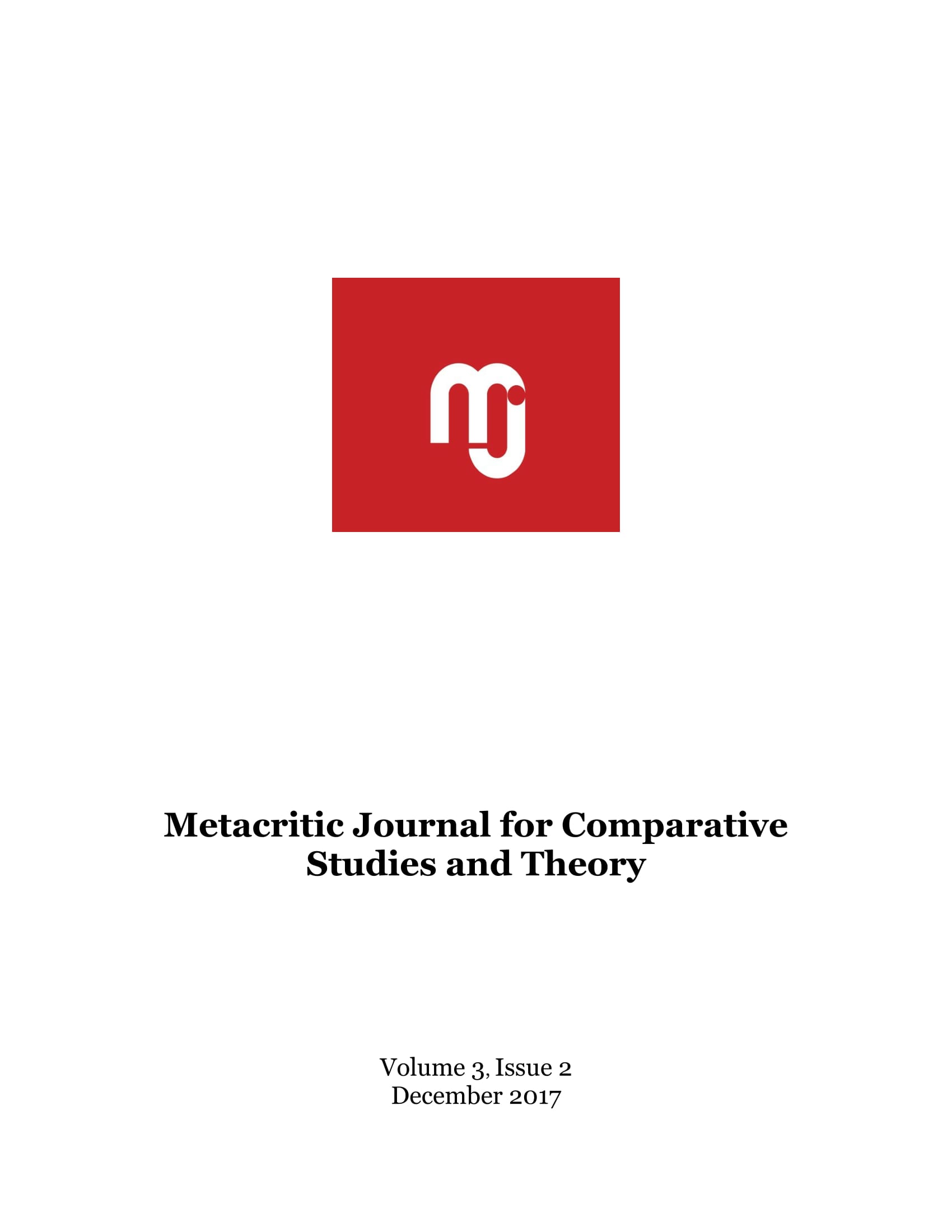From Elephant God to Man Dog: Hybridity, Mimicry, and the Homo Sacer in Salman Rushdie’s MIDNIGHT’S CHILDREN
From Elephant God to Man Dog: Hybridity, Mimicry, and the Homo Sacer in Salman Rushdie’s MIDNIGHT’S CHILDREN
Author(s): Peter ArndsSubject(s): Language and Literature Studies, Studies of Literature, Comparative Study of Literature
Published by: Universitatea Babeş-Bolyai
Keywords: hybridity;mimicry;homo sacer;body;myth;genocide;
Summary/Abstract: Rushdie’s Midnight’s Children is a work of pastiche. As such it is typically postmodern, literature patched together from other literary texts. Using Grass’s Tin Drum and the German postwar cultural-political situation as a model, Rushdie copies Grass in re-enchanting a secularized country grappling with the memory of genocide through a set of mythological paradigms. By drawing on postcolonial theory and the biopolitical concept of the homo sacer this essay analyses Rushdie’s particular brand of what I have termed as mythical realism in view of its close amalgamation of hybridity with mimicry, subversive mockery, and liminality between the human and the animal, typical features of the postmodern novel trying to come to terms with war and genocide. It is the aim of this study to examine the functions of these key features for Rushdie’s Midnight’s Children for lifting the corks of forgetting and disclosing the concealment of India’s past.
Journal: Metacritic Journal for Comparative Studies and Theory
- Issue Year: 3/2017
- Issue No: 2
- Page Range: 52-72
- Page Count: 21
- Language: English

